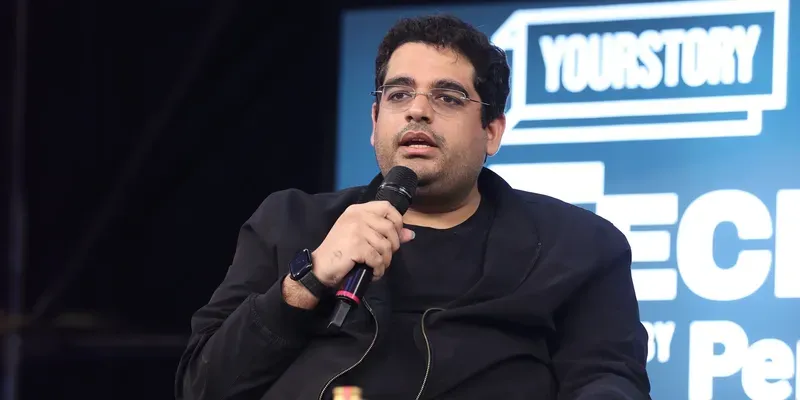How to Write a Leap Year Program in Python: A Beginner-Friendly Guide
Learning Python? Writing small logic-based programs is a great way to sharpen your skills—and checking for leap years is a perfect place to start. A leap year occurs every 4 years, except for years divisible by 100—unless they’re also divisible by 400. Sounds tricky? Not when you break it down in code. Using if, elif, and else statements, you can check these conditions easily. For example, if a year is divisible by 4 but not by 100, or it's divisible by 400, it qualifies as a leap year. Start with a simple input statement to get the year, then apply your conditions. Print out whether the year is a leap year or not. The Leap Year Program in Python is a classic beginner project that teaches logical thinking and proper use of conditional statements. Practice it, tweak it, and try making it part of a calendar app or date validator!
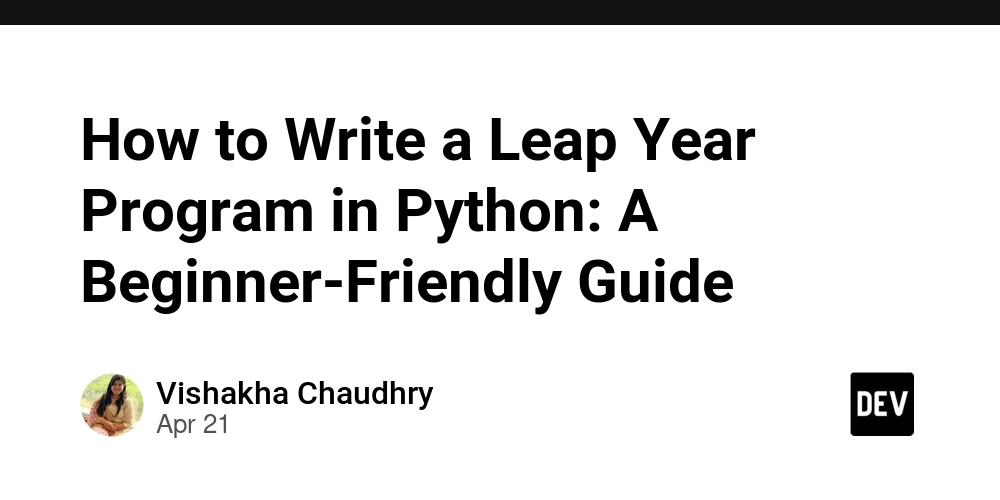
Learning Python? Writing small logic-based programs is a great way to sharpen your skills—and checking for leap years is a perfect place to start.
A leap year occurs every 4 years, except for years divisible by 100—unless they’re also divisible by 400. Sounds tricky? Not when you break it down in code.
Using if, elif, and else statements, you can check these conditions easily. For example, if a year is divisible by 4 but not by 100, or it's divisible by 400, it qualifies as a leap year.
Start with a simple input statement to get the year, then apply your conditions. Print out whether the year is a leap year or not.
The Leap Year Program in Python is a classic beginner project that teaches logical thinking and proper use of conditional statements.
Practice it, tweak it, and try making it part of a calendar app or date validator!











































































































































































![[The AI Show Episode 144]: ChatGPT’s New Memory, Shopify CEO’s Leaked “AI First” Memo, Google Cloud Next Releases, o3 and o4-mini Coming Soon & Llama 4’s Rocky Launch](https://www.marketingaiinstitute.com/hubfs/ep%20144%20cover.png)

















































































































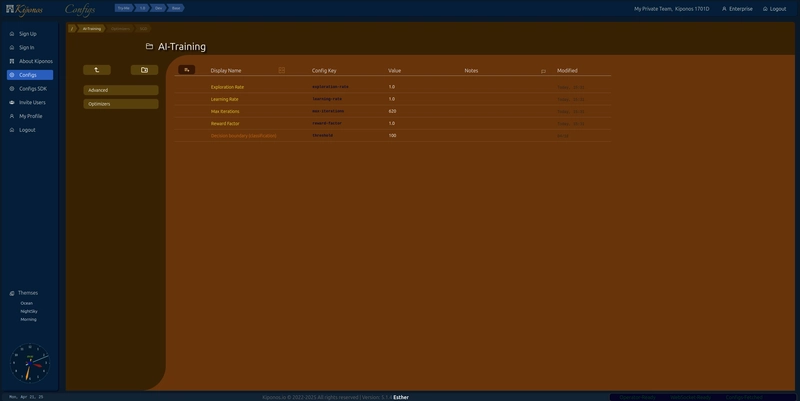















![From fast food worker to cybersecurity engineer with Tae'lur Alexis [Podcast #169]](https://cdn.hashnode.com/res/hashnode/image/upload/v1745242807605/8a6cf71c-144f-4c91-9532-62d7c92c0f65.png?#)

























![BPMN-procesmodellering [closed]](https://i.sstatic.net/l7l8q49F.png)























.jpg?#)
































































































_Tanapong_Sungkaew_via_Alamy.jpg?width=1280&auto=webp&quality=80&disable=upscale#)


.png?#)























































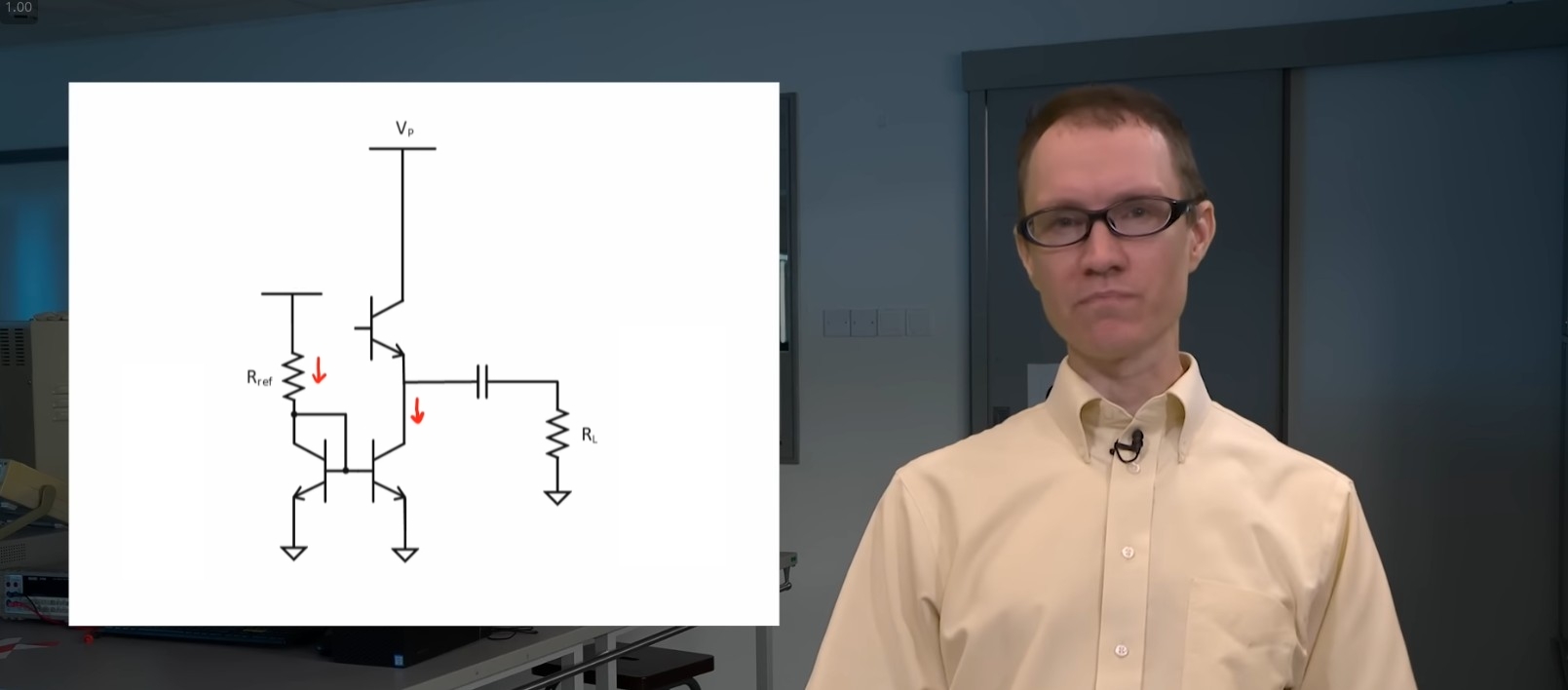






















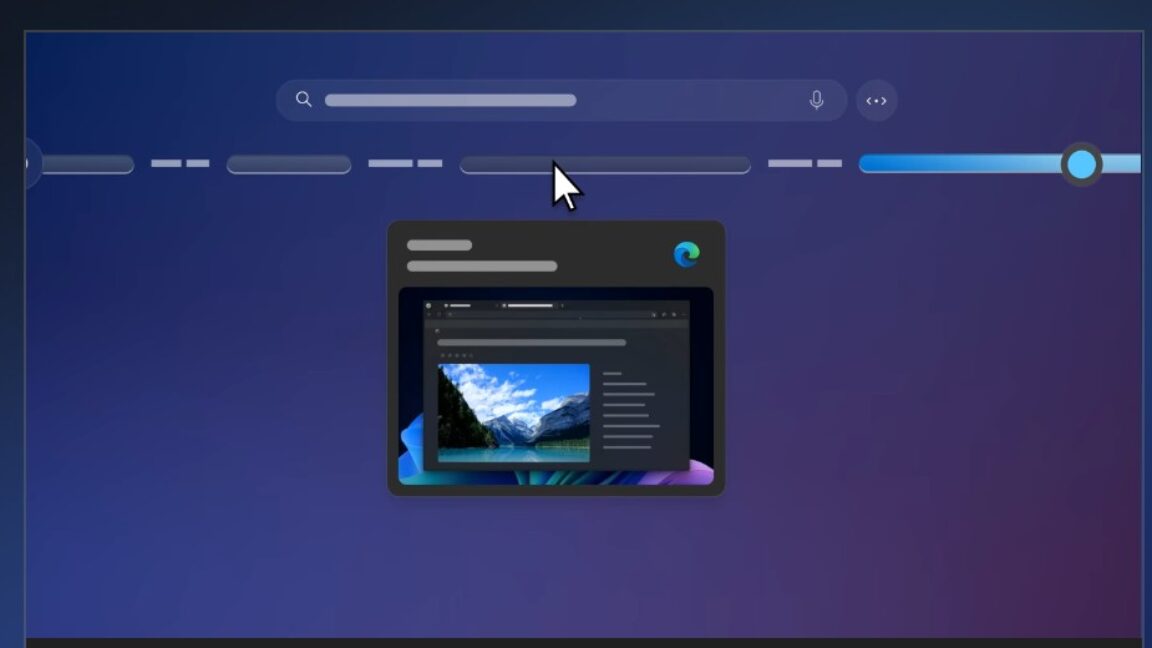


















![CMF Phone 2 Pro has a dual-tone design and improved camera in latest teasers [Gallery]](https://i0.wp.com/9to5google.com/wp-content/uploads/sites/4/2025/04/cmf-phone-2-pro-camera-tease.jpg?resize=1200%2C628&quality=82&strip=all&ssl=1)












![Apple Releases iOS 18.5 Beta 3 and iPadOS 18.5 Beta 3 [Download]](https://www.iclarified.com/images/news/97076/97076/97076-640.jpg)
![Apple Seeds visionOS 2.5 Beta 3 to Developers [Download]](https://www.iclarified.com/images/news/97077/97077/97077-640.jpg)
![Apple Seeds tvOS 18.5 Beta 3 to Developers [Download]](https://www.iclarified.com/images/news/97078/97078/97078-640.jpg)
![Apple Seeds watchOS 11.5 Beta 3 to Developers [Download]](https://www.iclarified.com/images/news/97079/97079/97079-640.jpg)





























![Mobile Legends: Bang Bang [MLBB] Free Redeem Codes April 2025](https://www.talkandroid.com/wp-content/uploads/2024/07/Screenshot_20240704-093036_Mobile-Legends-Bang-Bang.jpg)







































